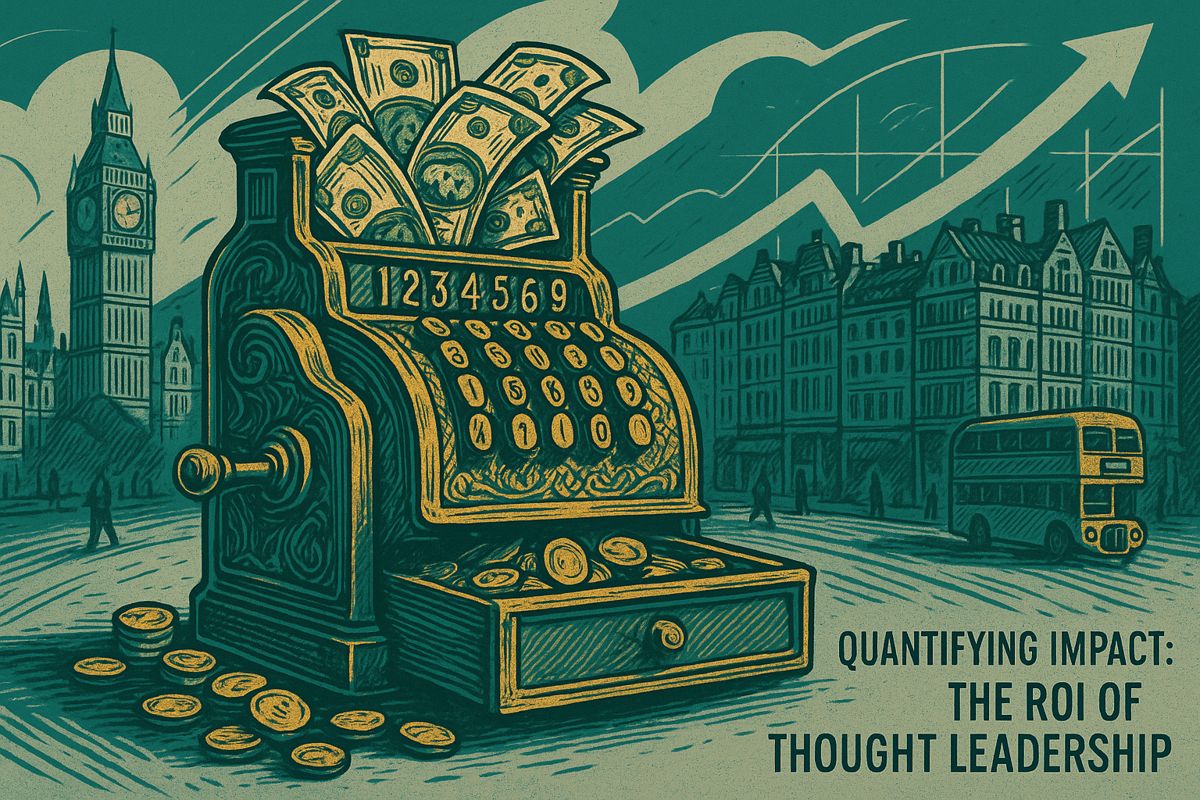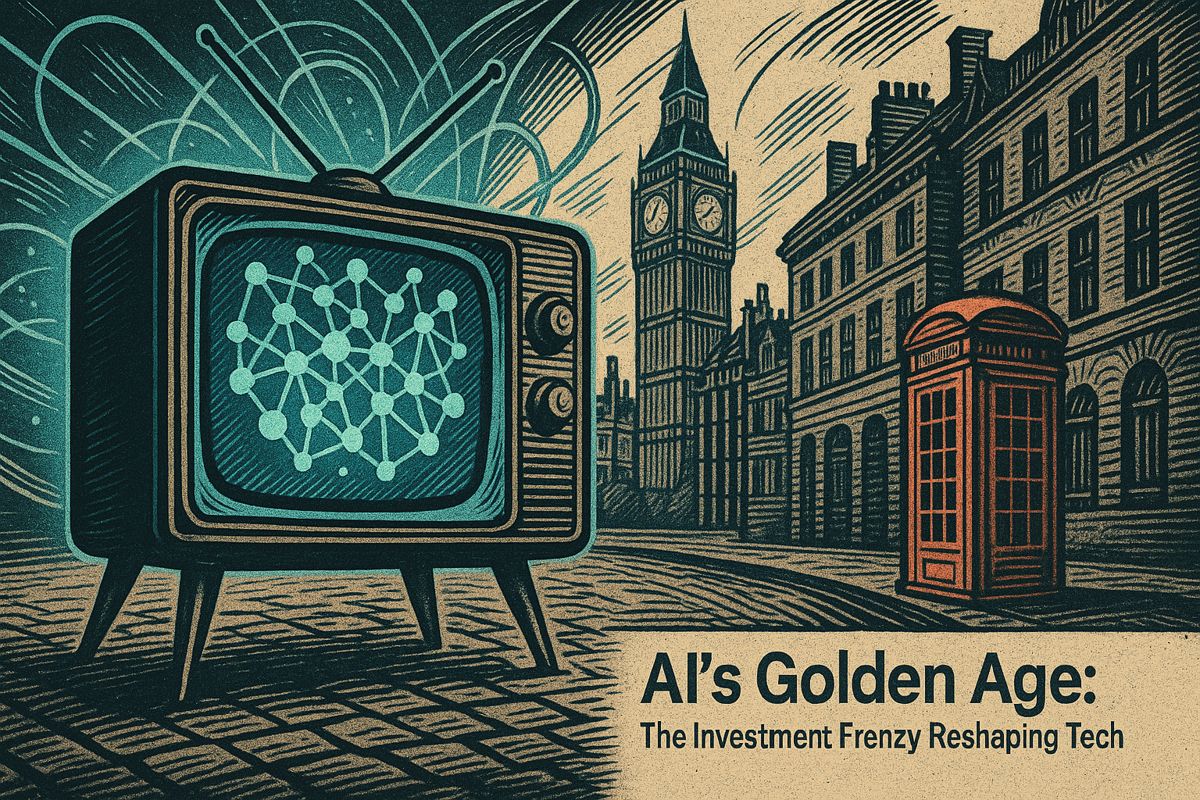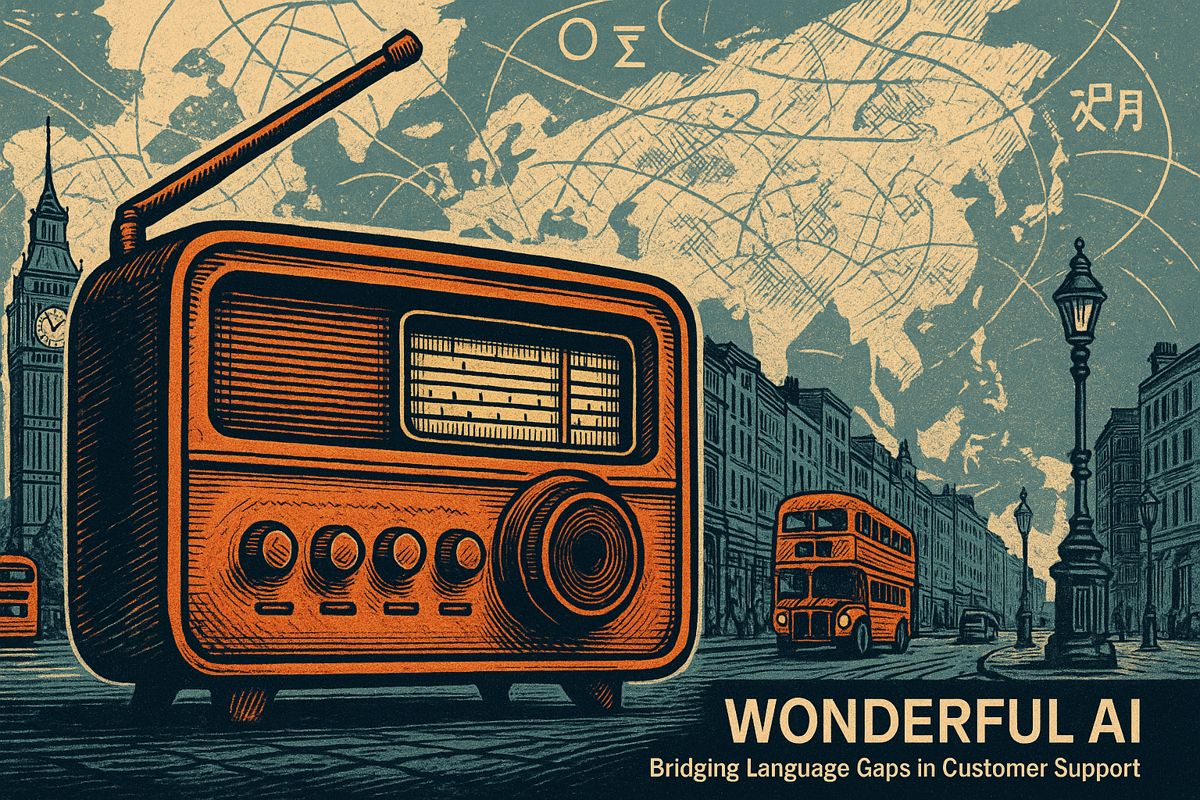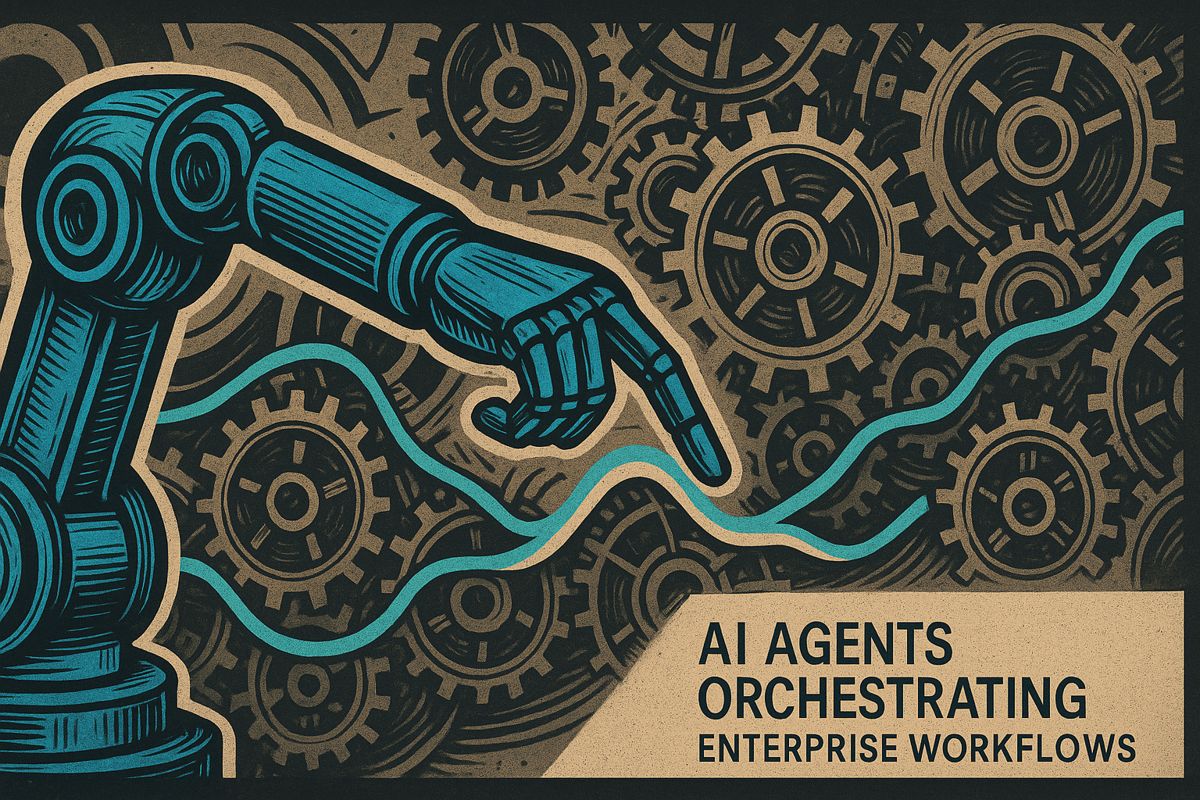Proving that your smart ideas actually make money is now a big deal. Companies are using cool new tools to track how their expert articles and webinars lead to sales, boost their brand, and directly bring in cash. It’s no longer just about getting noticed; it’s about showing leaders real numbers to prove that thought leadership truly pays off.
How can thought leadership ROI be measured?
Measuring thought leadership ROI now involves tracking pipeline influence, brand lift, and direct revenue attribution. New frameworks from IBM and McKinsey use advanced tools and data to quantify impact. While direct revenue can be elusive, combining precise targeting with strategic content distribution proves crucial for demonstrating tangible financial value and securing C-suite buy-in.
The New ROI: What Really Counts?
Sometimes, at dawn, I find myself squinting at a fresh McKinsey report, coffee cooling beside me and the glow of too many screens reflected in the window. The latest? A framework to measure the ROI of thought leadership—ambitious, almost audacious. It’s a bit like watching a tightrope walker on Wall Street: bold, and maybe a touch wobbly. I can’t help but recall those epic, marathon strategy sessions—so much head-nodding, so little consensus. There was that time a CMO tried to link a single IBM white paper to a $1.2 million contract. (Was he right? I still wonder.) Someone else, from Dell, dismissed the whole pursuit as “content vapor.”
Then there’s Priya. Six months, three webinars, and countless hours spent crafting a data-driven campaign. She tracked every registrant, every share. But when finance reviewed her deck, they asked: “Where’s the revenue?” The pipeline had grown, yes—but was it her genius or just a hungry sales squad? Measuring thought leadership is like chasing the smell of toast drifting from the kitchen: present, but hard to catch.
So, what’s really new? The IBM Institute for Business Value (IBV) and the Global Thought Leadership Institute (what a mouthful) have rolled out methods to squeeze hard numbers from squishy content. McKinsey’s framework considers both direct revenue and those elusive signals—brand lift, lead quality—that defy easy math. Turns out, according to recent surveys, 87% of CEOs say thought leadership tipped a buying decision last year. Surprised? Honestly, so was I. That’s $265 billion in global spending, if you’re counting.
From Metrics to Meaning: How Attribution Just Got Real
Pipeline influence: it’s the new holy grail. Gone are the days when download numbers dazzled the boardroom. Now, we’re tracing the breadcrumb trail from LinkedIn post to signed contract, using fancy tools like IBV’s value calculator (plug in your numbers, cross your fingers). I’m reminded of baking bread: a little too much yeast, and everything’s inflated. Precision matters.
Brand lift is more than ego inflation. It’s how companies like Microsoft or Bain become trusted authorities, not just vendors. I’ve watched executives literally light up when a Gartner report drops their name. That’s not just reputation—that’s a velvet rope. But here’s the rub: direct revenue attribution is still a riddle, wrapped in a spreadsheet, inside a CRM. Sales wants black-and-white proof. In reality? It’s a patchwork quilt of causality.
Teams are getting smarter, though. Strategic pivots—better targeting, tighter messaging, sharper distribution—can spike ROI by 40% or more. But if you’re spraying white papers like confetti, well, you’ll get ignored (and probably banned from inboxes). I used to think bigger reach always meant better results. Now, I’ve learned: it’s relevance, not volume, that makes the phone ring.
The Tools, the Tension, and the Takeaway
AI has entered the scene. No, it’s not just another buzzword. Platforms now analyze content influence, track UTM codes, and even predict which topics will spark boardroom debates. The Global Thought Leadership Institute is standardizing how we score content’s impact, and that’s a little thrilling—if a bit daunting. Can an algorithm really know what sways a CEO at 2 a.m.? Sometimes, I doubt it. Then again, I doubted TikTok would last, and… here we are.
What have I actually learned? First, that emotional responses matter—excitement, anxiety, the occasional ‘ugh’. Second, that the time of airy, unmeasured thought leadership is fading. If you want to win the CFO’s vote, show them the numbers. Use the IBV and McKinsey playbooks. Speak finance, not fantasy. And if you’re tempted to fudge the figures, remember: trust, like a strong espresso, is hard to fake and easy to spill.
References:
– The ROI of Thought Leadership | Book Summaries
– The ROI of Thought Leadership: Calculating the Value that Sets Organizations Apart | Wiley
– Author Talks: Cracking the code on content ROI | McKinsey
– Measuring the ROI of Thought Leadership | Thought Leadership Leverage
– Episode 41: Creating a Global Thought Leadership Institute | Buday Thought Leadership Partners
– The McKinsey 7-S Model for Organizational Alignment and Success | The Strategy Institute
– The ROI of Thought Leadership (YouTube)
– The McKinsey 7-S Model Framework, Explained | Whatfix
Daniel


















